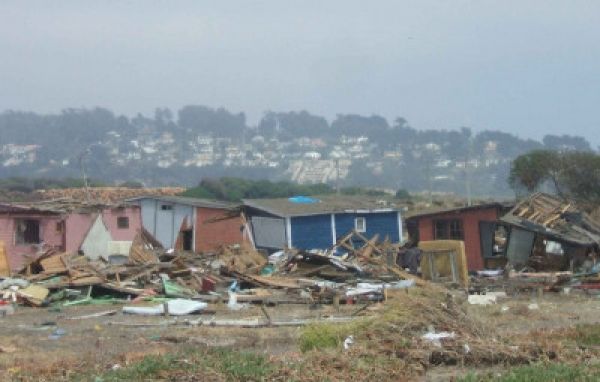Residents of coastal towns in Chile remember the catastrophic earthquakes that struck their country in 1960 and 2010, not always for the quakes themselves but for the tsunamis that followed.
Those who survived the 9.5-magnitude 1960 quake told interviewers about the man in Maullin, Chile who, after the first wave of the tsunami, rushed into his dockside warehouse to retrieve possessions just as the second wave hit. The second wave swept the warehouse out to sea and the man was never seen again. Similarly, waves following the first one, known as trailing waves, made post-tsunami rescue efforts in 2010 life-threatening.
In 2010 society had better tsunami-warning technology than in 1960, but weaknesses still existed. New research by geophysicists at Scripps Institution of Oceanography at UC San Diego reveals the strengths and shortcomings of tsunami early warning systems as experienced in the 2010 episode. The study is representative of much of scientific research in that it does not create new prediction tools but contributes to assessing the reliability of existing methods. The scientists hope the work can improve predictions of trailing tsunami waves.
Continue reading at Scripps Institution of Oceanography
Image via Scripps Institution of Oceanography


